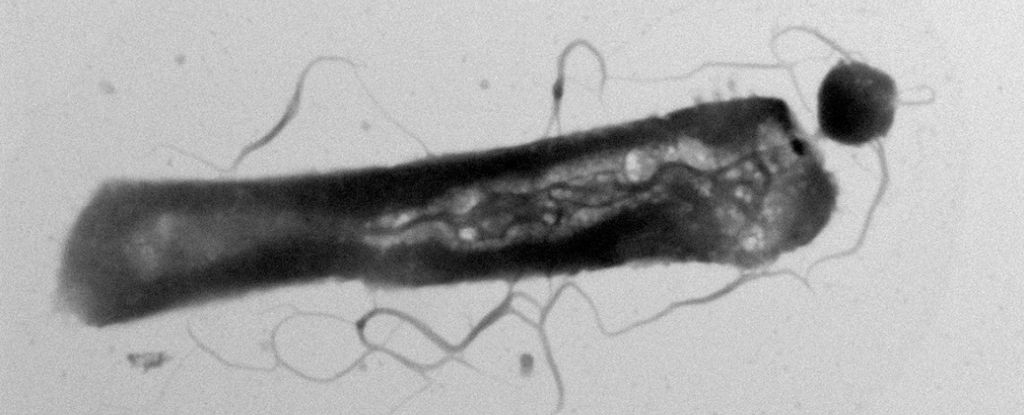Minerals, Vol. 13, Pages 225: Crustal Structures of the Qimantagh Metallogenic Belt in the Northern Tibetan Plateau from Magnetotelluric Data and Their Correlation to the Distribution of Mineral Deposits
Minerals doi: 10.3390/min13020225
Authors: Lanfang He Qinyun Di Zhongxing Wang Jianqing Lai Guoqiang Xue Wenbo Guo
Crustal structure and fluid or melt originating in the deep crust and mantle are critical in regional magmatic mineral systems. However, the crustal structure and the processes that entrain and focus fluids from a deep-source region to a metallogenic belt remain relatively undisclosed. We present a magnetotelluric (MT) study of the eastern Qimantagh Metallogenic Belt (QMB) in the northern Tibetan Plateau. Data from 33 MT stations in two sections and 7 dispersed stations are acquired using a surface electromagnetic prospecting (SEP) system in frequency band ranges from 320 Hz to 0.00034 Hz. Data are converted by Bostick conversion and two-dimensional (2D) nonlinear conjugate gradient inversion. Our MT results reveal the geoelectrical crustal structure of the QMB, which consists of a southern low-resistivity domain that reflects the Kumukuri rift, a high-resistivity middle domain that represents the southern QMB in the central Kunlun belt, and a northern low-resistivity domain that covers the northern QMB and southwestern Qaidam block. We present a comprehensive tectonic and geophysical model of QMB based on the MT interpretation and geological analysis. We infer the high-resistivity domain as a reflection of a rigid crust and detached lithospheric mantle, this belt separate the QMB into northern and southern QMB. Most of the mineral deposits are found in the northern low-resistivity domain of QMB. Our study and findings provide an understanding of the tectonic evolution of the northern Tibetan Plateau, the crustal structure that controls the temporal and spatial distribution of magmatic rocks, and the geological signature associated with mineral deposits.

 1 year ago
58
1 year ago
58

